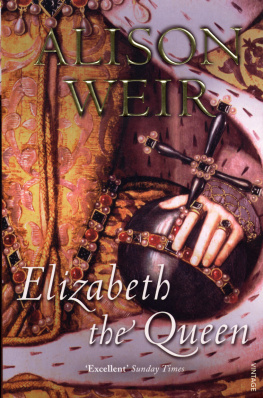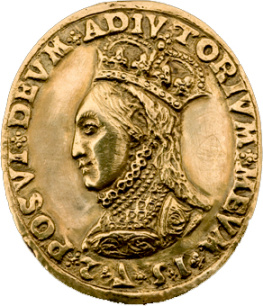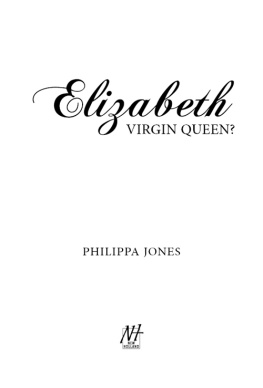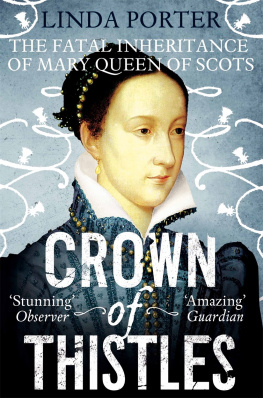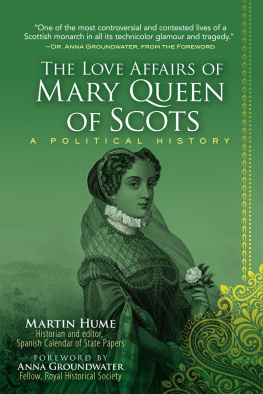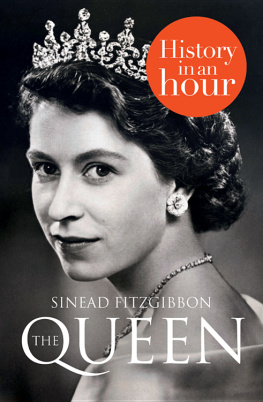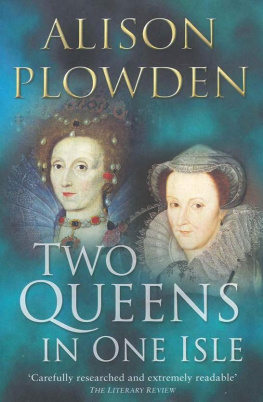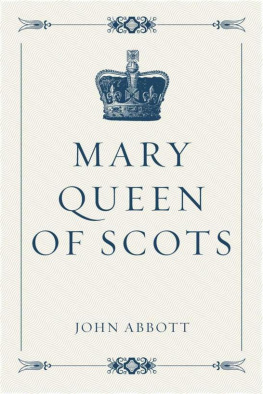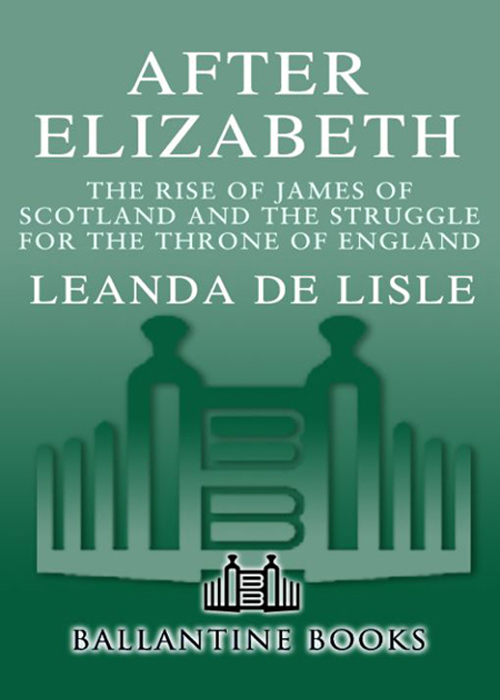

Table of Contents
For Peter, Rupert, Christian and Dominic, my cornerstones
If you can look into the seeds of time,
And say which grain will grow and which will not.
WILLIAM SHAKESPEARE, Macbeth
Praise for AFTER ELIZABETH
De Lisle brilliantly captures the atmosphere of dangerous uncertainty and furtive intrigue that characterized the last years of Elizabeths reign.... There is much here to savor. The Sunday Telegraph (London)
After Elizabeth is simply stunning, re-creating the uncertainty and opportunity of one of the great dramas in British history. The Daily Mail
This is a dense, dark story but one where the modern parallels are but one element that keeps you turning the pages. The Independent
Leanda de Lisle has done what historians, to date, have overlooked.
She spots the story in the seemingly uneventful handover of power to James I after Elizabeths death and rediscovers its thrilling drama. Jamess accession was far from inevitablede Lisle vividly recounts the uncertainty, greed, intrigue, and hypocrisy that defined the new age. We enter a slippery twilight world where legitimacy is debased and conspiracy and corruption thrive. This is an original, informative, absorbing account, written with verve and style.
JOHN GUY, author of Queen of Scots: The True Life of Mary Stuart
Splendid... de Lisles book is a narrative triumph; this is history at its best. Sunday Express (London)
A deep and fascinating account of this transformative year. Leanda de Lisles close focus draws us into palace corridors, country houses, and city streets where the excitement, intrigue, and danger are palpable. JANE DUNN, author of Elizabeth & Mary: Cousins, Rivals, Queens
Leanda de Lisles lively account gives us an enjoyable insight into the tense transitional period between the Tudor and Stuart eras. The Spectator
This masterly account recaptures superbly the edgy, wary feel of court and country at the key moment when Tudor England was transformed into Stuart Britain. In emphasizing the faults of Queen Elizabeth I and the acuity of her successor, King James I, Leanda de Lisle has brilliantly subverted the traditional story. ANDREW ROBERTS, author of Napoleon and Wellington: The Long Duel
A tremendous read. The Scotsman
LIST OF ILLUSTRATIONS
SECTION 1
Sir John Harington. From Sir John: Nugae Antiquae, with notes by Thomas Park, 2 vols. (London, 1804).
Henry VIII, Henry VII, Elizabeth of York and Jane Seymour, by Remigius van Leemput. Reproduced courtesy of the Royal Collection,HM Queen Elizabeth II.
Lady Katherine Seymour (ne Grey) holding her son, attributed to Levina Teerlinc. Reproduced courtesy of Belvoir Castle, Leicestershire,UK/Bridgeman Art Library, London.
The Infanta Isabella Clara Eugenia with a dwarf, by Frans Pourbus the Younger. Reproduced courtesy of the Royal Collection,HM QueenElizabeth II.
Sir Robert Cecil, by John de Critz. Reproduced courtesy of the National Portrait Gallery, London.
Robert Devereux, by Marcus Gheeraerts the Younger. Reproduced courtesy of Woburn Abbey, Bedfordshire, UK/Bridgeman Art Library, London.
Prospect of Edinburgh, by John Speed. Reproduced courtesy of the BritishLibrary.
James VI of Scotland, attributed to Adrian Vanson. Reproduced courtesyof the National Galleries of Scotland.
Map of Scotland, by John Speed. Reproduced courtesy of the National Library of Scotland.
Anna of Denmark, by John de Critz. Reproduced courtesy of the NationalMaritime Museum, London.
Robert Persons. Reproduced courtesy of the National Portrait Gallery, London.
Sir Walter Ralegh and his son, artist unknown. Reproduced courtesy of theNational Portrait Gallery, London.
The Thames at Richmond, with the Old Royal Palace c. 1620. Reproduced courtesy of the Fitzwilliam Museum, University of Cambridge,UK/Bridgeman Art Library, London.
Queen Elizabeth I, by Nicholas Hilliard. Reproduced courtesy of a PrivateCollection/Bridgeman Art Library.
Hardwick Hall. PhotographCorbis.
Lady Arbella Stuart, by Rowland Lockey. Reproduced courtesy of the National Trust Photographic Library/John Hammond.
SECTION 2
Sir Robert Carey, by James Stow. Reproduced courtesy of the Royal Collec tion, HM Queen Elizabeth II.
Henry Wriothesley, attributed to John de Critz the Elder. Reproduced courtesy of Boughton House, Northamptonshire, UK/Bridgeman Art Library, London.
Town plan of Berwick, by John Speed.
Lumley Castle. PhotographCountry Life Picture Library.
Town plan of Durham, by John Speed.
Town plan of York, by John Speed.
Burghley House. PhotographCorbis.
A statue of King James in the hall at Apethorpe. PhotographCountry Life Picture Library.
Queen Elizabeth I funeral procession. Reproduced courtesy of the British Library.
Henry Percy, by Nicholas Hilliard. Reproduced courtesy of the Fitzwilliam Museum, University of Cambridge, UK/Bridgeman Art Library, London.
Dingley Hall. PhotographCountry Life Picture Library.
Anna of Denmark, by Paul Van Somer. Reproduced courtesy of the NationalPortrait Gallery, London.
Henry, Prince of Wales, by Marcus Gheeraerts the Younger. Reproduced courtesy of the National Portrait Gallery, London.
Princess Elizabeth, by Robert Peake the Elder. Reproduced courtesy of theNational Maritime Museum, London/Bridgeman Art Library, London.
Lucy, Countess of Bedford, artist unknown. Reproduced courtesy of theNational Portrait Gallery, London.
Charles Howard, first Earl of Nottingham, artist unknown. Reproducedcourtesy of the National Portrait Gallery, London.
Coronation of James I. Reproduced courtesy of the Art Archive.
James I, by Paul Van Somer. Reproduced courtesy of the Royal Collection,HM Queen Elizabeth II.
Mary Rogers, Lady Harington, by Marcus Gheeraerts the Younger. PhotographTate, London 2004.
Round table at Winchester. PhotographAncient Art and Architecture Collection.
Electrotype of the tomb of Queen Elizabeth I, by Elkington & Co., cast by Domenico Brucciani, after Maximilian Colte. Reproducedcourtesy of the National Portrait Gallery, London.
Design for the new British flag, by the Earl of Nottingham. Reproducedcourtesy of the National Library of Scotland.
AUTHORS NOTE
I have been asked what first drew me to the story of Elizabeths death and the accession of James I. Initially it was the drama of events that were not then the particular subject of any book but were glimpsed in biographies and other histories. I remained fascinated, as so much that I read surprised me. The great Elizabeth emerged as fearful and isolated, her government deeply unpopular; our national hero, Sir Walter Ralegh, was despised for acts of barbarity that disgusted even the hardened stomachs of his contemporaries, and was ready to plot with Spain to overthrow the King of England; Catholic priests, far from being united in the face of oppression, were betraying each other to the authorities in a fratricidal war. And James, the slobbering fool of popular memory, was a young, astute and energetic King of Scots, while his little-known wife, Anna, was a fascinating and extraordinary queen.
Next page


